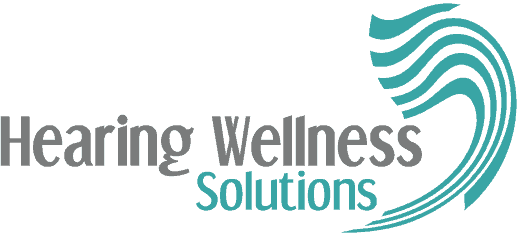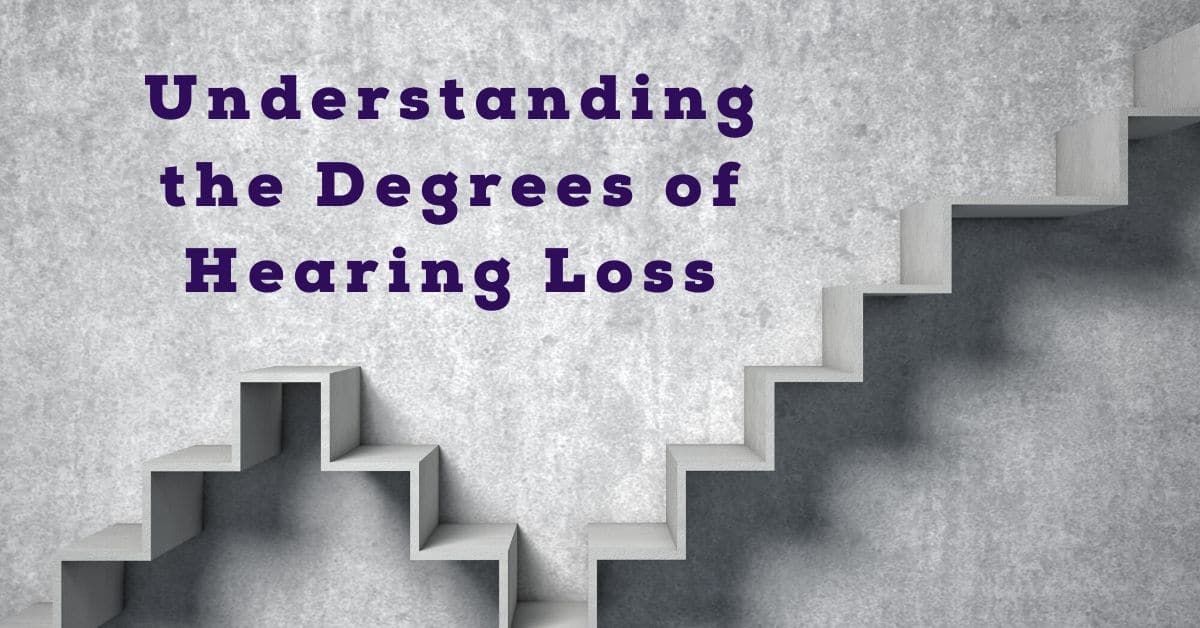Like most things in life, hearing loss is a spectrum. Some people have perfect hearing and can understand even the quietest of whispers, while others have no ability to hear at all. The hearing ability of every human lies somewhere along this scale. When getting a hearing loss diagnosis, it is important to understand the degree of hearing loss you experience, and what treatment options are available.
Degrees of hearing loss refer to the severity of the loss and are usually labeled mild, moderate, severe, or profound. When someone’s hearing profile lands on the cusp of two of these degrees, they are usually combined. For example, a person may have mild/moderate hearing loss or moderate/severe hearing loss if their hearing loss falls between the degree thresholds.
Normal Hearing
A person is considered to have normal hearing if they can hear and understand very quiet sounds that fall between 0-25 decibels (dBA). This includes soft whispers, rustling of leaves, the chirp of quieter birds, and normal breathing.
Mild Hearing Loss
Mild hearing loss is the most commonly diagnosed degree of hearing loss, and it is also the degree of hearing loss most often left untreated. People are considered to experience a mild hearing loss when they have trouble hearing sounds that are under 40 decibels. A person with mild hearing loss may feel like they can “hear” people, but just can’t understand them. This is because they are missing the quieter and softer sounds in speech, such as differentiating between the “b” and “d” sound. This can make understanding speech more difficult. People with mild hearing loss may also have difficulty understanding women and/or children, since their voices are often at a higher frequency (https://www.ncbi.nlm.nih.gov/books/NBK390300/).
Because hearing loss is usually quite gradual, many people with mild hearing loss do not realize they have a hearing loss at all.
Treatment for Mild Hearing Loss
Mild hearing loss is a loss of 20-40 decibels. Because mild hearing loss is the most benign of all the degrees of hearing loss, people who fall into this category can usually choose any type of hearing aid they desire. The smallest and most discreet hearing aids such as completely-in-canal (CIC) and invisible-in-canal (IIC) styles are able to effectively help most people with a mild hearing loss.
Moderate Hearing Loss
Moderate hearing loss is a loss of 41-60 decibels. Someone is considered to experience a moderate hearing loss when they have difficulty hearing and understanding sounds that are quieter than about 60 decibels (dBA), which is about as loud as a normal conversation. Many people with moderate hearing loss report difficulty keeping up with conversations (especially with more than one person) without the help of hearing aids (https://www.ncbi.nlm.nih.gov/books/NBK390300/).
Treatment for Moderate Hearing Loss
Similar to those with mild hearing loss, people with moderate hearing loss can typically choose any style of hearing aid they prefer and still experience better hearing.
Severe Hearing Loss
Severe hearing loss is a loss of 61-80 decibels. A person is considered to have severe hearing loss when they have difficult hearing or understanding sounds that are quieter than 80 decibels (dBA). 80 decibels can be compared to traffic noises, a hair dryer or a vacuum cleaner. For people with severe hearing loss, speech is inaudible without the use of hearing aids or cochlear implants (https://www.ncbi.nlm.nih.gov/books/NBK390300/).
Treatment for Severe Hearing Loss
Many people with severe hearing loss choose to treat their hearing loss with behind-the-ear (BTE) hearing aids. While these devices are the largest models on the market, they are a good choice for treating severe hearing loss because they are also the most powerful. Some people with severe/profound hearing loss get cochlear implants.
Profound Hearing Loss
Profound hearing loss is a loss of 81+ decibels. A person with profound hearing loss has difficulty hearing sounds under 85-90 decibels (dBA). Noises that ring in at 85-90 dBA are lawn mowers, industrial sounds or even fire alarms (https://www.ncbi.nlm.nih.gov/books/NBK390300/).
Treatment for Profound Hearing Loss
Some people with profound hearing loss can treat it with specialized “power” or “super power” hearing aids. These hearing aids are specifically crafted for people with very significant hearing loss. Others with profound hearing loss will need to use cochlear implants in order to treat their hearing loss.
Hearing Wellness Solutions
At Hearing Wellness Solutions, we provide comprehensive hearing tests to accurately identify the degree and configuration of hearing loss. The tests are quick and painless, and we can determine what type of hearing loss you have and how best to treat it. Contact us today!


